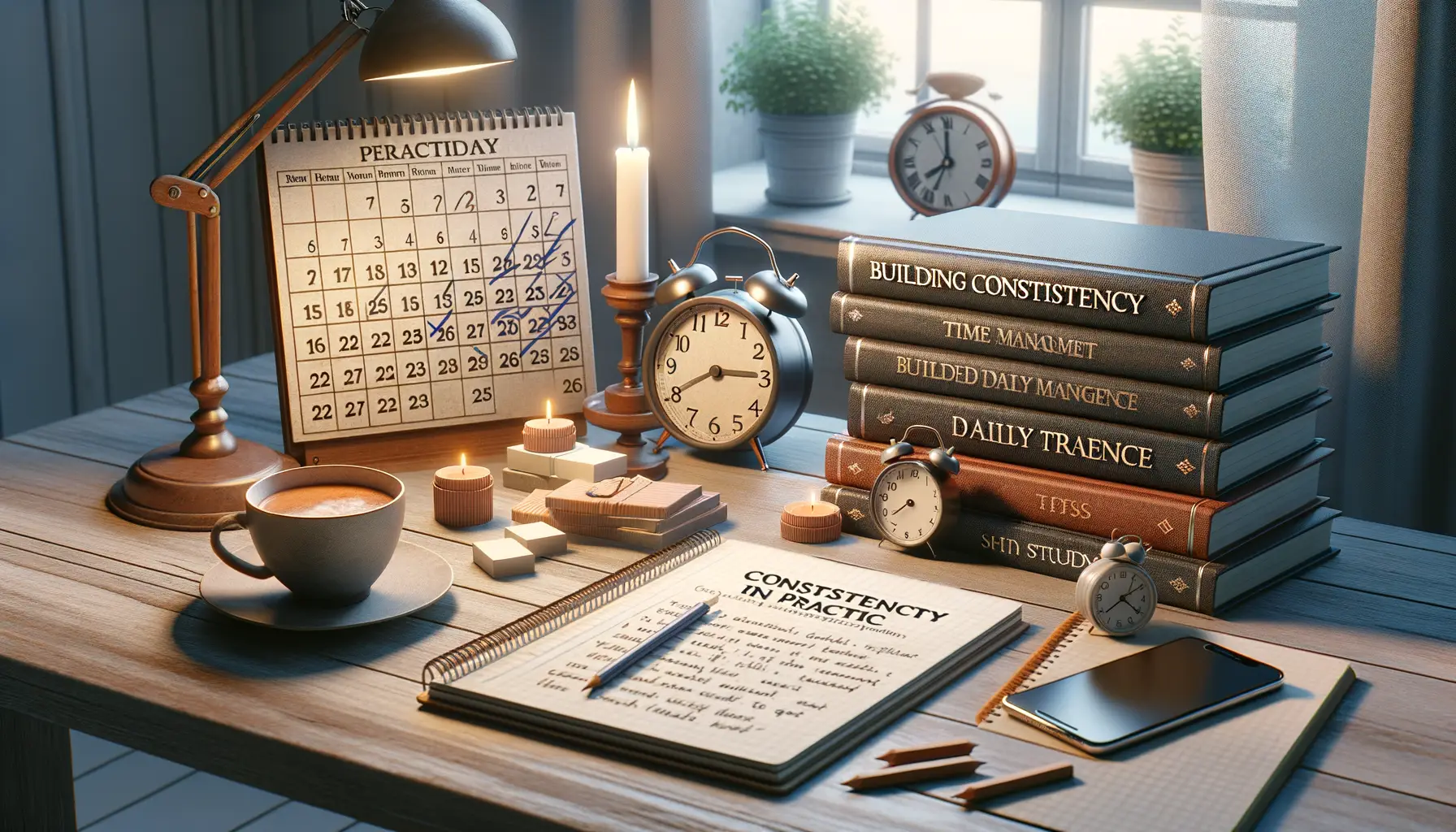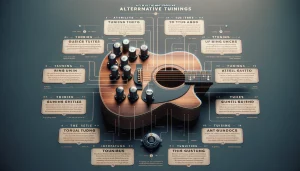Understanding the Most Common Guitar Learning Challenges
Why Does It Feel So Hard at First?
Learning guitar can sometimes feel like wrestling an untamed dragon. Your fingers stumble and stretch across strings that seem to resist you at every turn, and your brain struggles to decode musical notes into actual music. Oh, and let’s not forget the infamous fingertip pain—your badge of honor as a beginner!
Here’s a little secret: most guitarists go through this “awkward phase.” The biggest challenges often include:
- Fingering the right chords: Barre chords, in particular, can feel impossible at first.
- Strumming patterns: Keeping your rhythm steady can make you want to toss your pick across the room.
- Building muscle memory: Switching between chords quickly takes time and patience.
But here’s the good news—you’re not alone, and these hurdles are completely normal. Remember: that buzzing string or clunky chord change? It’s all part of the process. Every pro guitarist once fumbled exactly like you are now.
The Mental Mountain of Self-Doubt
Let’s talk about the internal roadblocks. Ever caught yourself thinking, “I’m just not musically gifted” or “I’ll never be good enough”? Those thoughts are sneaky thieves, robbing you of joy and progress. Comparing yourself too soon to skilled players is like comparing a seedling to a full-grown oak tree—it’s unfair to your journey.
Instead, celebrate the small victories. Did your fingers hit the right fret today without looking? Did that tricky D chord finally ring clear? These are wins, my friend, and they matter more than you think. So, shut the door on doubt and keep moving forward—one note, one strum, one moment at a time.
Practical Tips for Building Consistency in Practice

Create a Comfortable Practice Groove
Consistency starts with carving out a practice space that feels like *you*. Think of it as your creative sanctuary – whether that’s a quiet corner of your bedroom or a cozy spot by the window. Keep your guitar within arm’s reach. Trust me, if it’s hidden in its case, it’s out of sight, out of mind. Leave it on a stand, almost begging you to pick it up, like an old friend ready to chat.
Not a morning person? Then don’t force yourself to play at dawn. Work with your natural rhythms. Maybe your creativity flows after dinner or late at night when the world gets quieter. Experiment and figure out when you’re most likely to feel inspired.
Set Bite-Sized Goals That Feel Achievable
Let’s be honest – no one learns to shred like Hendrix overnight. Start small but intentional. Here are some realistic goals:
- Commit to just 10 minutes daily. Simple, right?
- Learn one chord progression instead of tackling an entire song.
- Focus on smoothly transitioning between two tough chords, like G to C.
Celebrate even tiny wins because they add up! Today it’s clean chord changes; tomorrow, it’s playing your first full song fluently.
Overcoming Physical and Mental Barriers

Breaking Through Physical Limitations
Learning guitar isn’t just about your fingers – it’s a full-body experience. Ever felt like your pinky had a mind of its own, refusing to cooperate? That’s normal! Building dexterity takes time, but you can tame that rebellious little finger with slow, deliberate practice. Break big tasks into bite-sized sessions.
Struggling with hand cramps or wrist pain? Here’s the thing: tension is your enemy. Loosen up! Adjust how you’re holding the guitar; relax those shoulders that somehow creep up to your ears when you’re focused. And remember – short, frequent breaks are your secret weapon. A few simple hand stretches can work wonders for avoiding discomfort.
- Shake out your hands between songs – it’s like hitting the “reset” button.
- Try finger exercises, such as tapping each fingertip to your thumb in quick succession.
Rewiring Your Mindset
Let’s face it: doubt will sneak into your practice room uninvited. You might think, “I’ll never nail that solo,” or “I’m just not talented enough.” Pause right there. Think of learning guitar as planting a garden – progress is slow, but oh-so-rewarding.
Replace self-doubt with curiosity. Why does chord switching feel so hard? Is your strumming rhythm out of sync? Instead of labeling these as failures, see them as puzzles waiting to be solved. One pro tip? Record yourself playing. It feels awkward at first, but hearing your progress over time is a massive confidence booster.
Above all, trust the process. Every callus on your fingertip, every missed note – they’re road signs pointing toward your growth. So, pick up that guitar and remind yourself: you’re not just a player; you’re a warrior, breaking barriers note by note.
Mastering Complex Techniques Through Simple Steps

Breaking Down the Seemingly Impossible
Let’s face it: tackling complex guitar techniques can feel like trying to climb a mountain in flip-flops. Whether it’s nailing that blistering solo or mastering intricate fingerpicking patterns, the sheer difficulty often tricks your brain into thinking it’s “too much.” But here’s the secret sauce—every big challenge is just a series of tiny, manageable steps.
Start by slowing things way down. If you’re learning a difficult riff, let go of speed and focus instead on clarity. Play every note so slowly it feels ridiculous. Trust me, this builds muscle memory faster than rushing ever will.
And then, isolate the tricky bits. Got a chord transition that keeps sabotaging your flow? Zoom in on just those two chords. Alternate back and forth until your fingers move without hesitation.
- Break solos into micro-sections (like one bar at a time).
- Practice hammer-ons, pull-offs, or tricky licks individually.
- Stack everything together only after each part feels solid.
Progress doesn’t come from heroic leaps—it happens with small, deliberate footsteps. Before you know it, that “impossible” mountain turns into a hill you’ve already conquered.
Staying Motivated on Your Guitar Learning Journey

Find Joy in Small Wins
Let’s face it—there will be days when your guitar feels more like a puzzle than an instrument. But here’s the thing: growth often hides in the small, unassuming victories. That time you nailed the intro to your favorite song? Or when your fingers finally stretched to form that tricky F chord? Those are wins. Celebrate them, no matter how minor they might seem! Even the greats, like Jimi Hendrix or John Mayer, started out fumbling over simple chords.
Keep a notebook nearby and jot down every little accomplishment. One day, you’ll look back and realize how far you’ve come. Oh, and let yourself geek out a bit—record your progress and share it with friends or online communities. They might cheer you on (and honestly, it feels amazing).
Spice Up Your Practice Routine
Nobody likes monotony, not even your guitar. Switch things up to keep your practice sessions exciting:
- Play along to backing tracks for some instant band-like vibes.
- Experiment with new genres—ever tried fingerpicking a blues riff?
- Dedicate one day to just improvising and letting loose; mistakes are part of the fun!
A fresh approach can transform practice from a chore to an adventure. Let that guitar be your co-star in this wild, wonderful journey you’re on.






